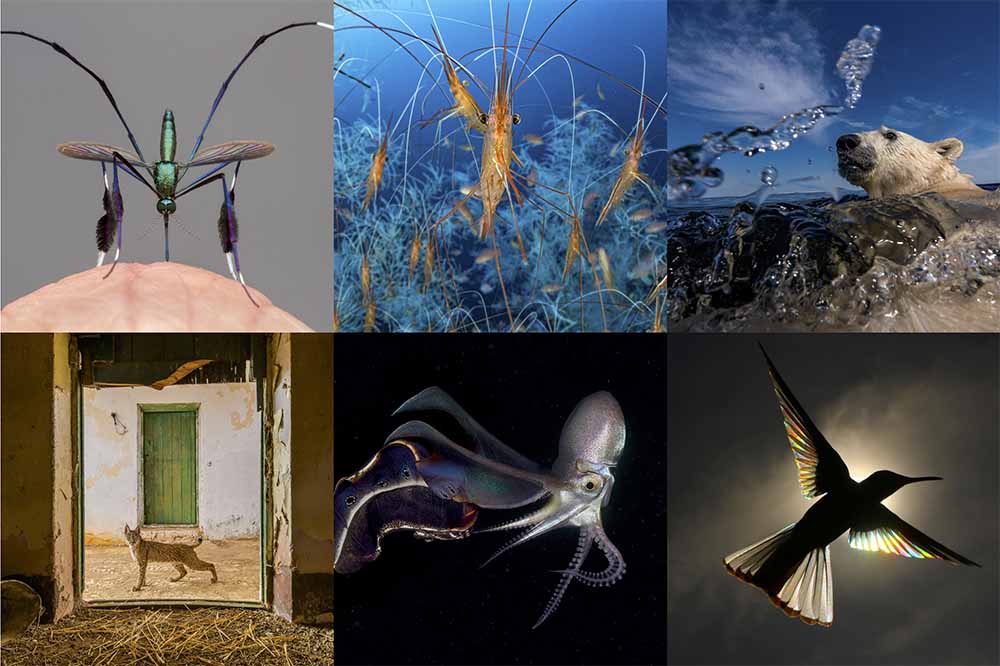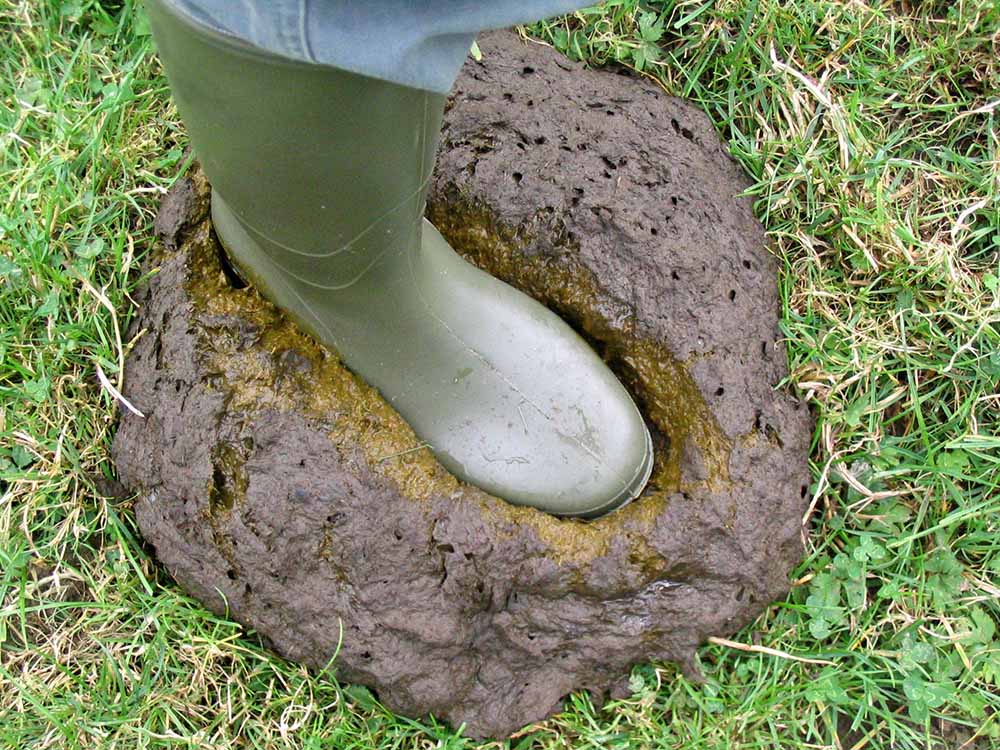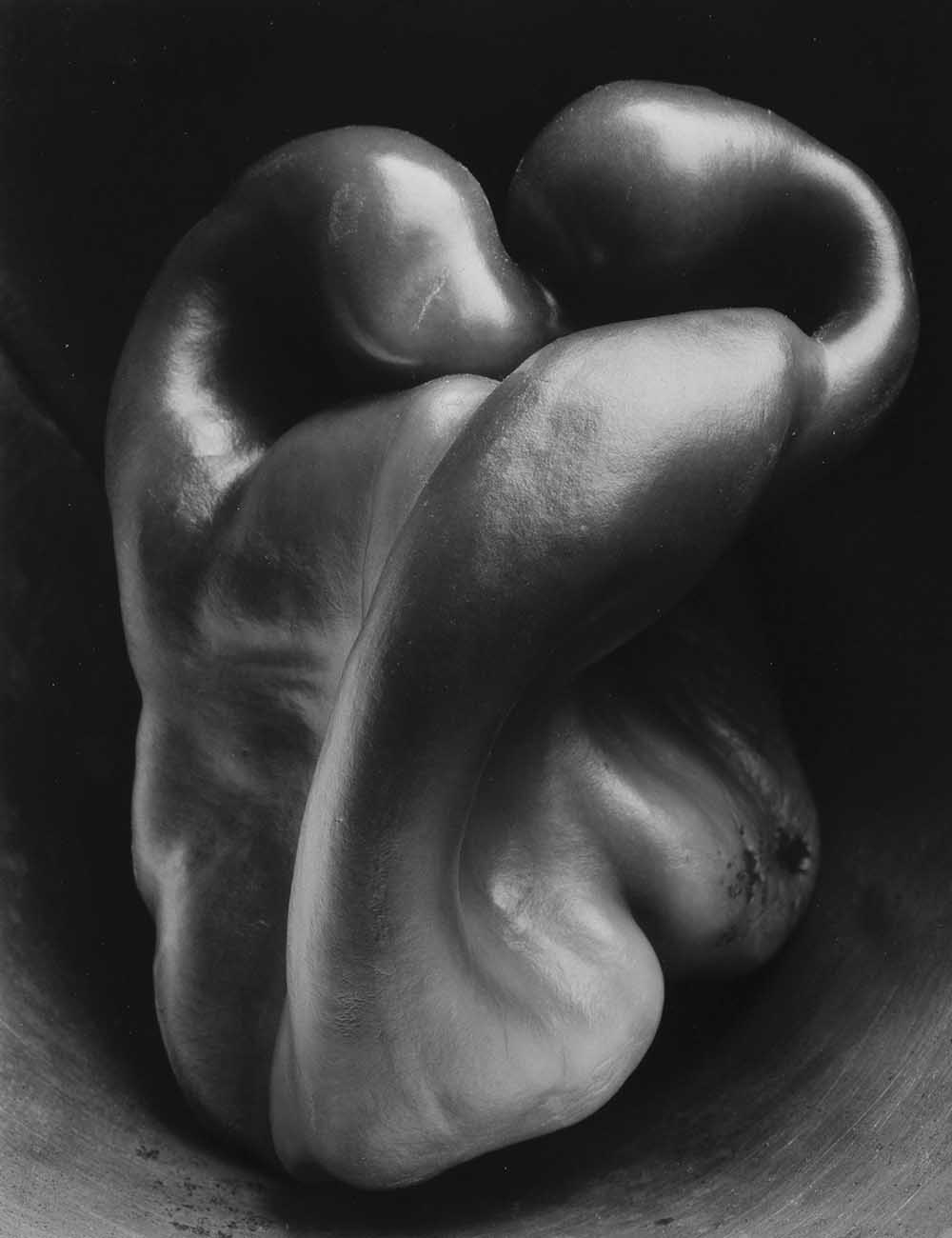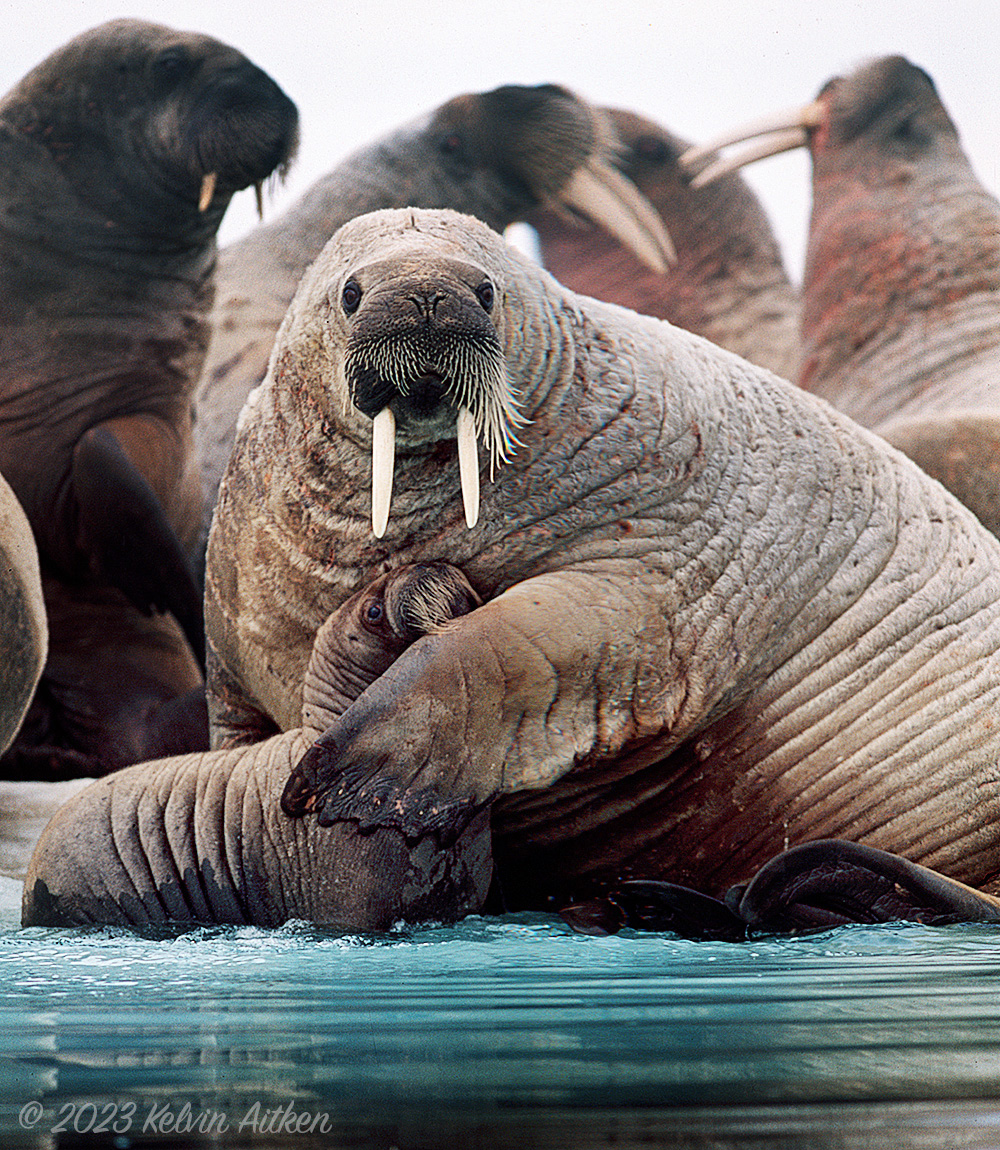Camera Equipment
The sublime art of bovine coprologyThe image below is a montage from the Wildlife Photographer of the Year competition, 2021. The collection is random, chosen and arranged by the Australian National Maritime Museum website. I display this, not because the images are particularly good, bad, great or mundane, they're just wildlife images.
The question I pose to you is this: Which specific camera model was used to take each photo?

© Gil Wizen, Laurent Ballesta, Martin Gregus, Sergio Marijuan, Cristobal Serrano , Christian Spencer
OK, maybe a bit unfair. So how about: which camera brand was used to take each photo? No? Well then, which lens was used? (No peeking at captions or such on the ANMM website.)
Can't do it? Of course not, you say. That's idiotic. No one can tell which camera or lens was used. Maybe you can guess and hit the right answer when it comes to camera brands as there are only a literal handful of companies out there making cameras used by wildlife photographers.
Let's list them.
Sony
Olympus
Nikon
Canon
Um..... er....
Maybe Fuji, but probably not.
Leica. Hipster street photographers only. No one uses them for wildlife.
Hasselblad. I have seen a couple of Swedes use them, but with no long lenses they're not much use overall for wildlife.
Ooooh!! Pentax. Sort of. Ever seen a wildlife photographer with a Pentax? Me neither.
Panasonic? Maybe, but probably not.
So four serious contenders.
And yet still no one can definitively state which one was used, especially if you don't know the photographer.
The same goes for lenses. Was it a 600mm f4 or a Tamron 150-600mm zoom? A $1000 Canon RF 600 STM lens or a $20,000 Sony?
The point here is that despite all the bovine coprology peddled by the photographic community, the brand of camera equipment and lens choice is "unknowable", and frankly irrelevant. It's total bunk.

You would probably have a fairly easy time, back in the '80's, differentiating between a zoom lens and a prime. It was pretty easy. The former was never sharp, flared like a sand blasted pair of sunglasses and had enough distortion to start a carnival sideshow. Top of the line prime lenses didn't have those flaws.
To make this clear and precise, a great photo is defined by ideas, not equipment.
So why is the entire wildlife photographic community knee deep in steaming Angus scat? Make a search on YouTube for "wildlife photography" or just "wildlife" and the majority of results will be pimping a particular brand, camera or lens, often under the guise of being a "wildlife" video. You know, "My day photographing birds (sigh, more about that another time) with the Nikon/Sony/Canon/whatever camera and/or lens.
Because we are conditioned by society to think in terms of material things, not ideas.
You can sell a "thing". You can buy a "thing". But you can't do that with ideas, inspiration, concepts, ideology, muse, meaning, purpose. Those qualities push us to make better images, to avoid the cliche. Obsessing and buying camera equipment does the opposite.
The desire to obtain, the endorphin rush on acquisition, the fondling and cherishing of that new bit of gear quickly fades, leaving us with a weirdly empty, unsatisfied feeling and one more Angus pat to drag around.
The bottom line is that applying yourself, mentally, to wildlife photography will give you far better results than some piece of overpriced equipment.
Learning the feeding and breeding habits of a critter will put you in a far better position to find your next subject. And when you do find that animal, how will you tell it's story? How can you use light, composition structure and the boundaries of photography to capture the essence of that experience?
One of my favourite photographers is Edward Weston. Long dead, but one of the early leading lights in the photographic art movement.
His photographs of peppers are exquisite. Photographed on his kitchen table with a plate camera and a lens that never provided a really sharp image, his pepper images are not images of peppers. They are far more than that. Alien landscapes, contorted sculptures of light, nudes, flesh, humanity.

Edward Weston: Pepper No. 30 (1930)
They are images of peppers, but only superficially. His images are of ideas and feelings, interpretation and human experience.
What camera and lens did he use? What tripod? Fluid head or gimble? Will buying the latest equipment push your images into those transcendent realms?
If you have to ask those questions of his images, maybe wildlife photography is not for you.
The equipment you already own will do the job, working within its limitations. Your mind, your ideas, how you feel about the subject will do far more to improve your image making than any piece of gear pimped by some sold out influencer.

Walrus mother protecting her calf
